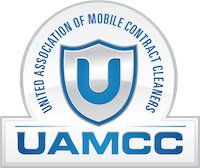As of January 1, 2018 The brand new logo that was created and released in 2017 will be the only official logo in affect and allowed to be used on any electronic media however, any such media like truck wraps, stationary, and postcards will be grandfathered in. Contributing Members will be allowed to use the UAMCC logo in any advertising. Permission to use the logo otherwise must be in writing. Logos used in electronic formats (ie: Websites, forums, etc.) must be linked back to the member’s profile in the UAMCC directory. Contributing Members are members that are paid and current with their dues. Please contact info@uamcc.org with any questions.
